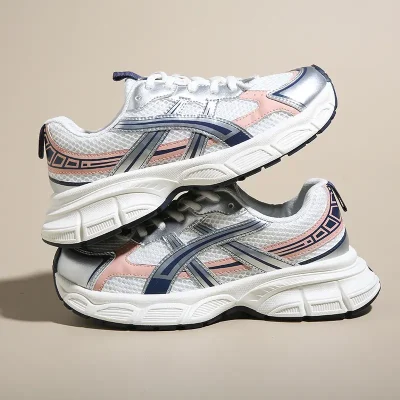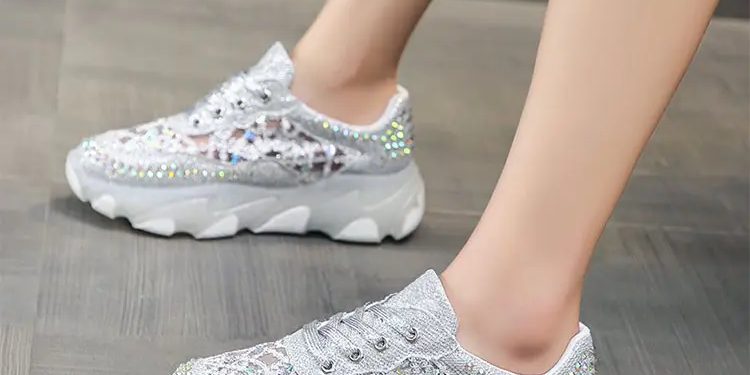Eco-friendly sneakers are gaining popularity as consumers become more conscious of the environmental impact of their purchases. These sneakers are designed with sustainable materials, production processes, and ethical practices to minimize harm to the planet. Here’s how eco-friendly sneakers are making a difference:
1. Sustainable Materials:
- Recycled Plastics: Many eco-friendly sneakers incorporate recycled plastics, such as PET bottles or ocean plastics, into their uppers or soles. This reduces the demand for new plastics and helps prevent plastic pollution.
- Organic Cotton: Sneakers made with organic cotton use cotton grown without synthetic pesticides or fertilizers, reducing water consumption and minimizing chemical pollution.
- Plant-Based Materials: Some brands use plant-based materials like bamboo, hemp, or cork to create eco-friendly sneakers. These materials are renewable, biodegradable, and have a lower environmental impact compared to traditional materials.
- Recycled Rubber: Recycled rubber is often used in the outsoles of eco-friendly sneakers, reducing the need for virgin rubber and diverting rubber waste from landfills.
2. Sustainable Production Practices:
- Fair Trade Certification: Some eco-friendly sneaker brands ensure fair labor practices by obtaining Fair Trade certification. This certification guarantees that workers are paid fair wages, work in safe conditions, and have access to social and environmental programs.
- Reduced Water Usage: Sustainable production processes aim to minimize water usage and pollution by implementing water-saving technologies and using eco-friendly dyes and treatments.
- Energy Efficiency: Eco-friendly sneaker brands prioritize energy-efficient manufacturing processes and use renewable energy sources such as solar or wind power to reduce their carbon footprint.
3. Circular Design and Recycling Initiatives:
- Closed-Loop Systems: Some eco-friendly sneaker brands embrace circular design principles, aiming to create closed-loop systems where sneakers are recycled or upcycled at the end of their life cycle.
- Take-Back Programs: Brands may offer take-back programs or recycling initiatives where customers can return their old sneakers to be recycled or repurposed into new products.
- Biodegradable Components: Sneakers with biodegradable components break down naturally at the end of their life cycle, reducing landfill waste and environmental pollution.
4. Ethical and Transparent Supply Chains:
- Supply Chain Transparency: Eco-friendly sneaker brands prioritize transparency in their supply chains, disclosing information about suppliers, materials, and production processes to ensure accountability and traceability.
- Ethical Sourcing: Brands may source materials from suppliers with ethical and sustainable practices, such as organic farms or Fair Trade-certified factories, to support responsible sourcing practices.
5. Environmental Advocacy and Impact:
- Environmental Partnerships: Eco-friendly sneaker brands often collaborate with environmental organizations or participate in environmental initiatives to raise awareness and support conservation efforts.
- Educational Campaigns: Brands may engage in educational campaigns to inform consumers about the environmental impact of footwear production and encourage sustainable consumption habits.
- Offsetting Carbon Emissions: Some brands offset their carbon emissions by investing in carbon offset projects or supporting reforestation efforts to mitigate their environmental impact.
By choosing eco-friendly sneakers, consumers can support sustainable practices in the footwear industry and contribute to positive environmental change. These sneakers offer a stylish and responsible choice for individuals who want to make a difference for the planet while enjoying high-quality and fashionable footwear.



















